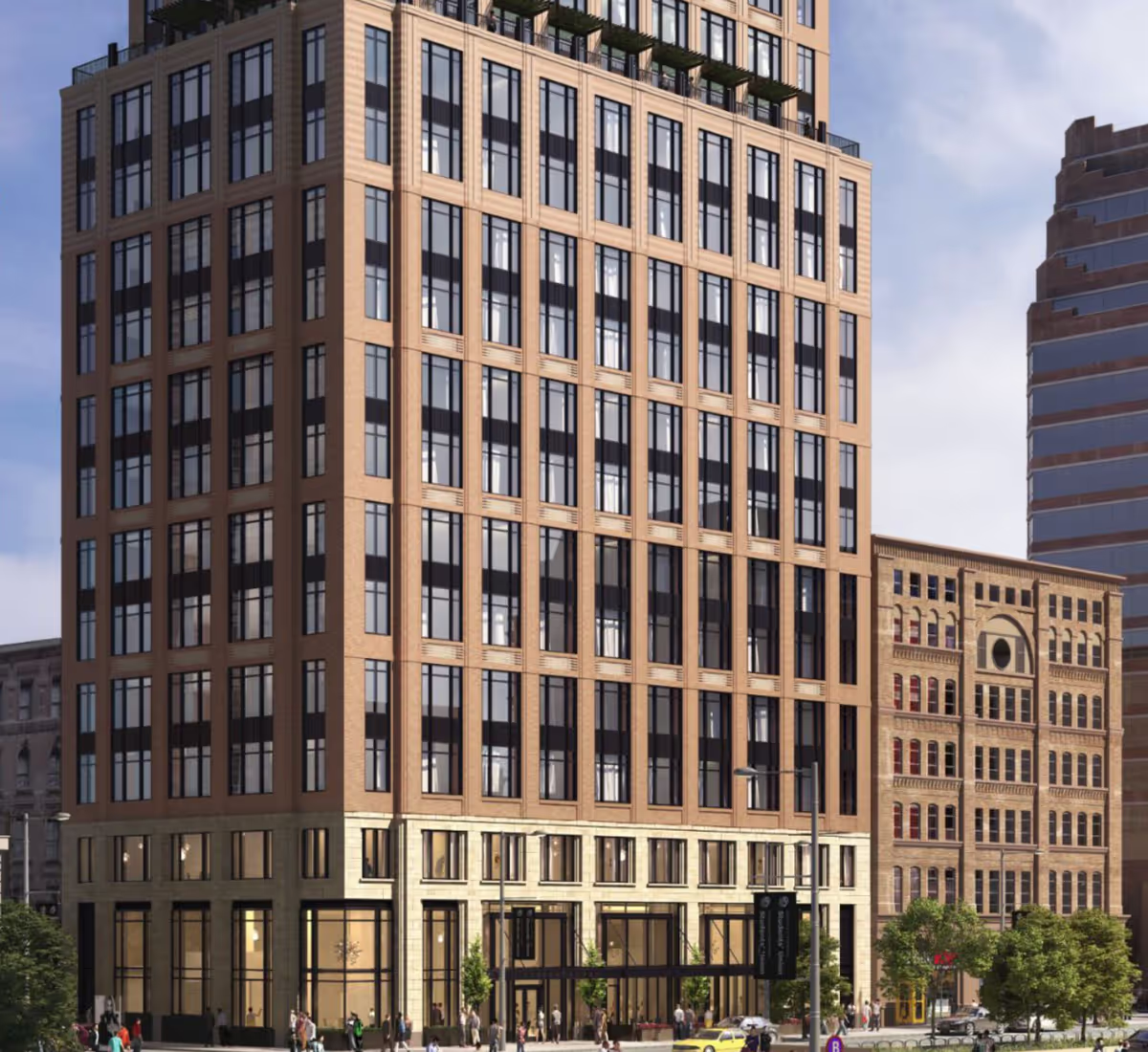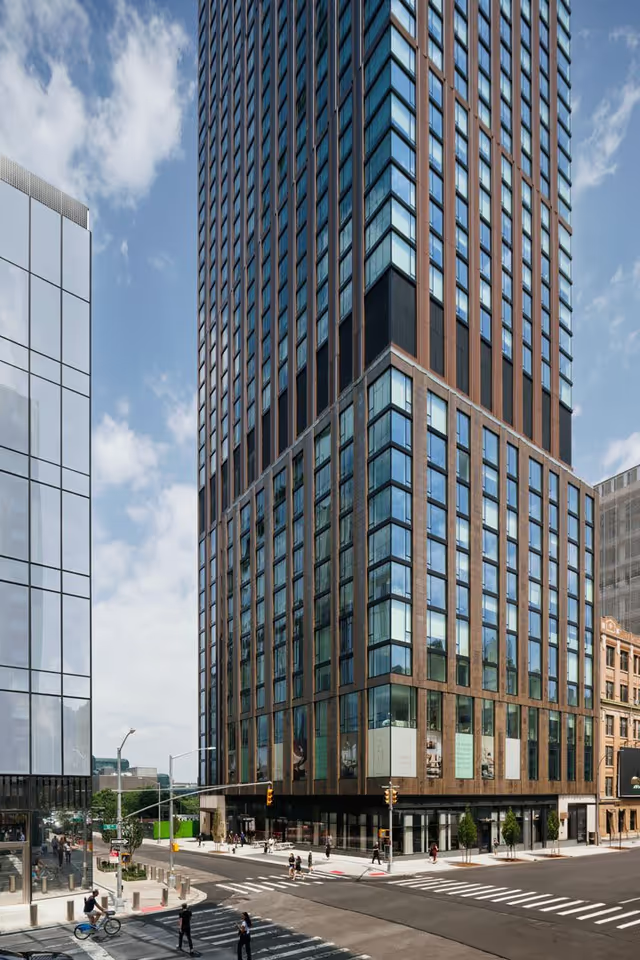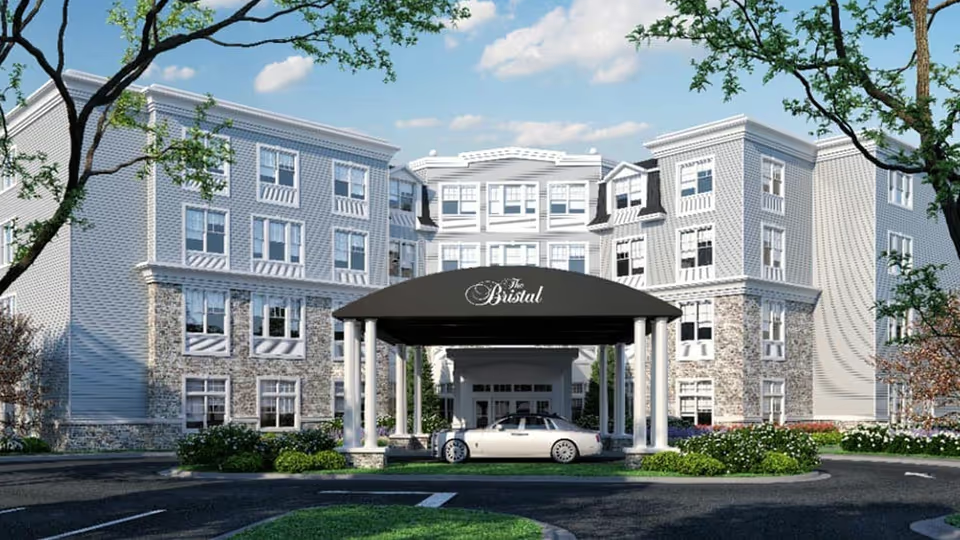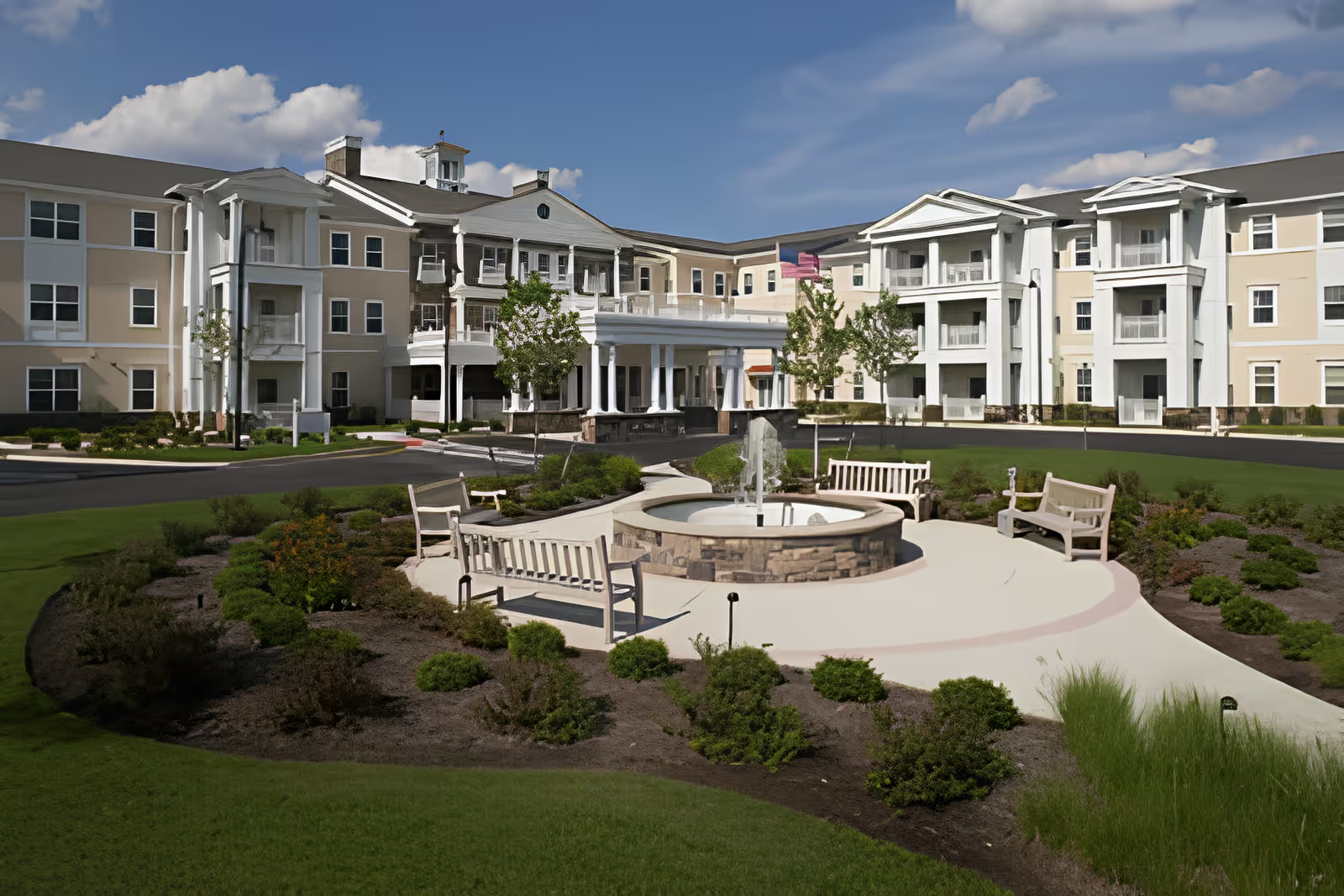Overall sentiment in the reviews is mixed but leans strongly toward concern and alarm despite repeated praise for individual caregivers. Reviewers consistently acknowledge that frontline staff—nurses and aides—are compassionate, patient, and knowledgeable about the residents' needs. Many comments describe staff who become like friends or family to residents, and reviewers note that the facility houses many residents who have no outside visitors, which suggests a charitable mission to serve a vulnerable, underserved population.
However, multiple reviews raise serious systemic and institutional issues. Several reviewers describe the facility as feeling like a psychiatric hospital or secure ward rather than a conventional nursing home: locked doors, unusual or multiple restrictions, and an emphasis on custody and control. The population is repeatedly described as being primarily residents with traumatic brain injuries (TBI) or severe emotional disturbances and, in at least one account, residents were referred to as "committed." This creates a pattern where families who expect a standard skilled nursing or long-term care environment feel misled about the facility's mission and level of care.
Communication and management practices are a major area of concern. Multiple accounts describe failures to notify families when a resident's condition changed, including critical moments when a parent or loved one was not informed and therefore could not say goodbye. These communication breakdowns are linked directly to reports of inhumane outcomes, including at least one account of a patient dying alone. Such failures suggest systemic problems in family notification protocols, end-of-life communication, and perhaps understaffing or prioritization issues at the administrative level.
Safety and professional standards are also questioned in the reviews. One specific allegation describes a staff member or visitor being allowed through screening despite a high temperature during COVID-era screening, which reviewers cite as evidence of unsafe or unprofessional behavior and lax infection-control practices. These specific incidents heighten the sense that, despite empathetic frontline staff, institutional safeguards and oversight can be inadequate.
There is an important tension in the reviews between the quality of direct caregiving and broader institutional policies. While hands-on staff are described positively—attentive, experienced, and emotionally invested—reviewers portray the facility's overall atmosphere, rules, and management as restrictive and sometimes inhumane. Reviewers repeatedly express that the facility was misrepresented to them as a conventional nursing home, creating distress when they discovered it functions more like a locked psychiatric or secure care facility for residents with complex behavioral or cognitive needs.
Dining and activities are not discussed in the provided reviews, so no reliable conclusions can be drawn about food quality or recreational programming. What is clear is that many residents have little or no family contact, and that the facility appears to serve a population with significant behavioral or neurological needs—factors that should shape expectations about programming and visitation policies but also demand clear communication and compassionate family engagement.
In summary, the strongest positive theme is the dedication of direct-care staff who form meaningful bonds with residents and provide patient, familiar care. The dominant negative themes are institutional: locked and restrictive environment, a population focused on TBI/behavioral health rather than conventional nursing home care, misrepresentation to families, failures in family communication (including notification of decline and death), and specific safety/professionalism lapses. Prospective residents and families should be informed about the facility's secure nature and clinical focus, and should seek explicit answers about visitation, emergency notification policies, and infection-control procedures before placement. The reviews suggest a facility where compassionate caregivers work within a troubled system—supportive day-to-day care exists, but systemic policies and communication failures have led to serious harm and distress for families.







